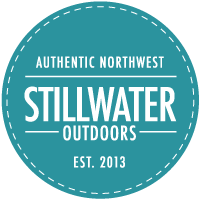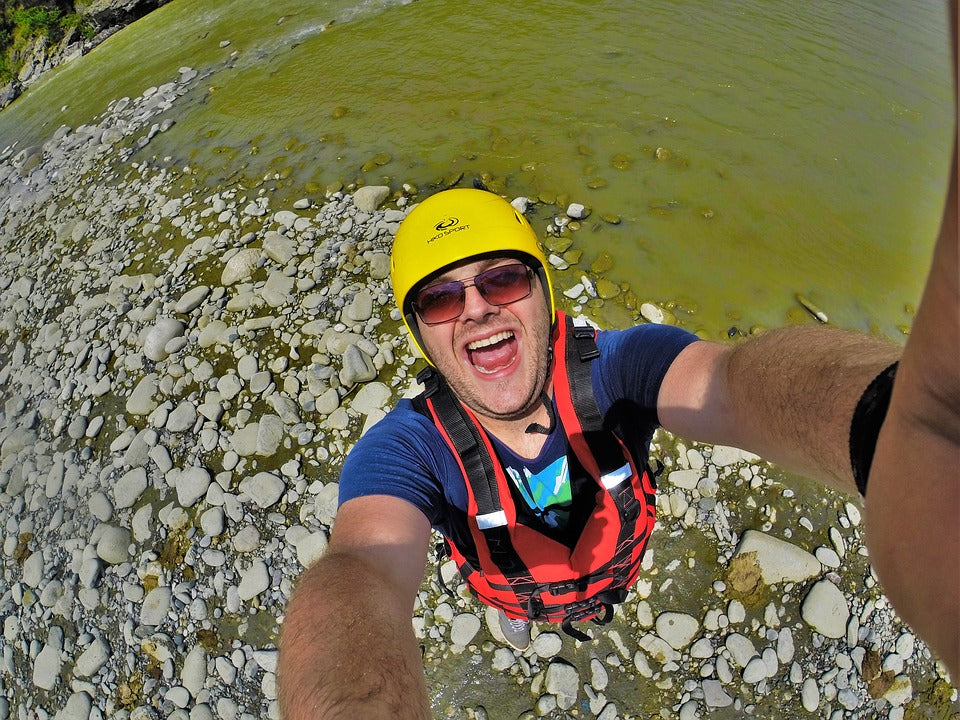You've tried and subsequently fell in love with stand-up paddle boards ... but flat water just doesn't hold the same appeal it once did. Sound familiar? You're not alone. Many who learn the sport on flat water find themselves wondering what's next?
Stillwater Outdoors has the answer or, rather, we know the answer. Whitewater SUPing. That's right. It's no longer reserved for kayaks and rafts and is quickly becoming a nation-wide competitive event.
Now, we don't suggest that you dive into competition immediately. Like any sport, there is a fair bit of learning and practice involved. Where whitewater is concerned, this training stage is vital as it can, quite literally, save your life. Here are a few other tips for those looking to try a new, exciting use of their SUP.
1. Gear Up
If you already have an SUP, you should already have the basic gear needed for being on the water: PFD, whistle, paddle, leash, and SUP. Whitewater SUPing requires a few additional pieces of equipment. First of all, inspect your SUP. There are many different types designed for many different uses. For whitewater rafting, you want a stable, durable board (inflatable boards work well) that has considerable rake (an upturning of both the front and back) to ensure you remain on top of the waves instead of being pulled under them. If you don't have much rake on your SUP, adjust your placement on the board by standing farther back to keep the nose of the board up while riding the rapids.

Consider buying a helmet, knee and elbow pads, and potentially a different PFD. The ACA (American Canoe Association) recommends an inherently buoyant lifejacket for all whitewater rafting. You may need a new leash as well (if you choose to use one). For whitewater SUPing, the ACA recommends that you wear a leash at waist level, accessible with both hands, and it must have a quick release feature. For more information on the basic equipment needed for different types of SUP uses, check out this video released by the ACA:
2. Consider Taking a Class
For those who have no whitewater experience, we highly recommend taking a class with a certified whitewater instructor. The ACA offers a list of classes offered, including classes for those wishing to become certified as an instructor. Check it out here:
American Canoe Association: Whitewater Classes

Whitewater SUPing is swimming. You will fall off. You will have to swim. This is yet another reason why taking a class is important. Swimming in a rapids isn't the same as swimming in a lake or even a calm, flat river. There are unseen obstacles, plenty of places to get caught, and the water is volatile making it difficult to tell which way is up in some situations. Take the time to become a better swimmer before attempting any serious rapids. The more comfortable you are in the water, the less likely you will be to panic and the more likely you will be to walk away unscathed.
3. Start Small
Once you feel comfortable understanding the proper way to handle and remain safe on whitewater rapids, the next step is to try it out. We recommend starting small with a class I or class II rapids. Though it may be easier, don't always practice on the same rapids. Exposure to new situations, different currents, and new obstacles will help you grow as a paddler and will help you be better prepared to move up to the next class of rapids.

4. River Etiquette
Like almost everything in life, there are certain rules that should be followed while on the river. Canoe & Kayak offers a wonderful blog post about river etiquette that outlines the basic rules of the river. One of the most important? Those upstream on the river have the right of way. Just like when you cross the road, always look before entering the river to be sure you don't cut off another river user and create a potentially dangerous situation. You can find Canoe & Kayak's complete list of river etiquette here:
5. Pick Your Rapids
Now that you have a better understanding of what you need to get started on your SUP whitewater adventure, you probably need to find the perfect location. American Whitewater offers an interactive map that shows you the class of rapids, its current water level, and when the information was last updated. While there, consider offering your support by becoming a member or by donating (money or time) to help preserve our river systems.

This is just a basic outline of some of the factors to consider before starting whitewater SUPing. It is a challenging, fun way to get more out of your SUP experience. Just remember to be careful, plan ahead, and, as always, have fun.

